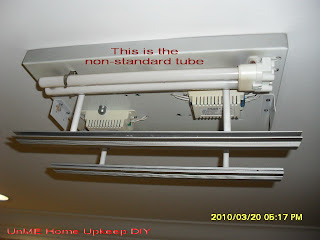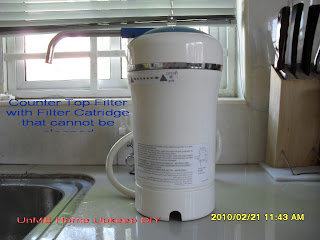I like things unique and exotic. “Visibility and standing out amongst the rest” is being practised by many to get a sense of satisfaction and contentment. Houses in the upmarket areas have unique facades. They have lots of rare designs and fixtures in them.
 I have the privilege of visiting some of these exclusive houses. It gives me a sense of euphoria when I am inside the house.
I have the privilege of visiting some of these exclusive houses. It gives me a sense of euphoria when I am inside the house. I cannot afford exotic cars or houses but I have some exotic light fittings in my house.
The manufacturer of these exotic lightings only produced a batch and there is no re-run. Breaking any of the components is like breaking the whole light fittings. There is no spare part. Cleaning is another problem. The parts, some in fragile glass sticks and moulded glass panes, have to be removed piece by piece to clean. The bulbs and the fluorescent tubes used in these light fittings are also non-standard type.
One of the fluorescent tubes in my kitchen blew out recently. I dismantled the tube and took it to numerous lighting and electrical shops in town. Unfortunately, none of the shops that I visited has the fluorescent tube. It was an uncommon and non-standard tube.
I have two options. One is to discard the whole light fitting and buy a new one. That would be costly. The light fitting comes in a pair. So that means discarding two units.

I changed the fluorescent tube holder from the 4-pin to a standard 2-pin type and replaced the choke (ballast) as well.
The 2-pin fluorescent tube holder cost RM4.50 (USD1.35) each while the standard fluorescent cost RM9.90 (USD3.00) each. With this modification, I need not worry about replacing any blown-out fluorescent tubes again.




























